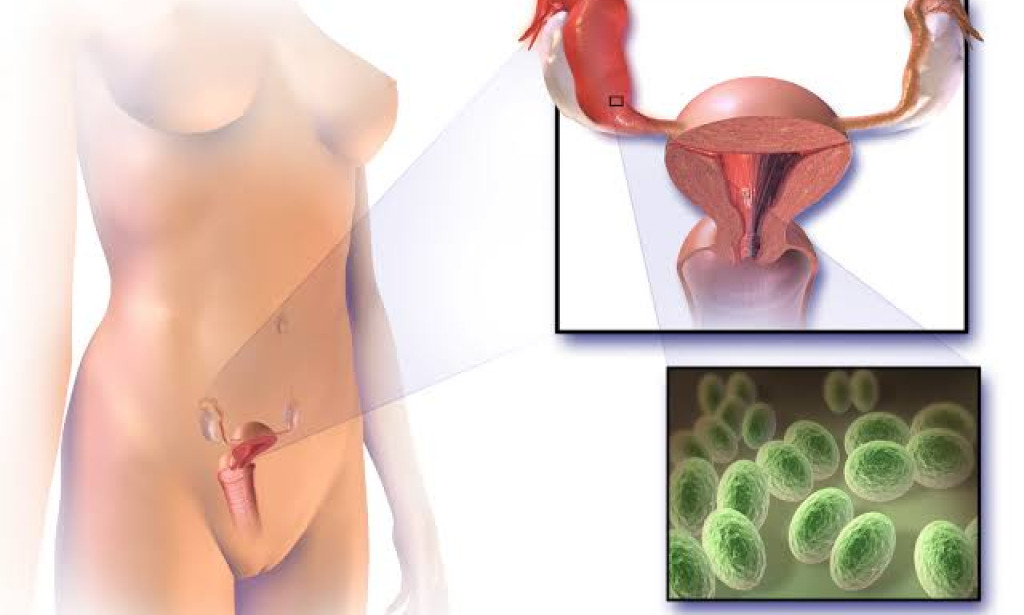Introduction
Sexually Transmitted Infections (STIs) are infections that are primarily transmitted through sexual activity, including vaginal, anal, and oral sex. However, they can also be spread through non-sexual means, such as sharing needles or from mother to child during childbirth. STIs can range from relatively mild conditions, like yeast infections, to more serious diseases that can have lasting health implications, such as HIV or syphilis. Understanding STIs, how they spread, and how to protect oneself is crucial in maintaining sexual health and preventing their transmission.
Types of STIs
There are many types of STIs, each caused by different pathogens, including bacteria, viruses, and parasites. Some of the most common STIs include:
Chlamydia: A bacterial infection that often has no symptoms but can cause serious reproductive health issues if left untreated, including infertility.
Gonorrhea: Another bacterial STI that affects both men and women. It often leads to painful urination and unusual discharge.
Syphilis: A bacterial infection with distinct stages. If left untreated, it can lead to severe complications affecting the heart, brain, and other organs.
Human Immunodeficiency Virus (HIV): A viral STI that attacks the immune system, eventually leading to AIDS if not managed with antiretroviral treatment.
Herpes Simplex Virus (HSV): A viral infection that causes painful sores on the genital area or mouth. Both HSV-1 and HSV-2 can be transmitted through sexual contact.
Human Papillomavirus (HPV): A viral infection that can cause genital warts and is linked to various cancers, including cervical, anal, and throat cancer.
Trichomoniasis: A parasitic infection caused by a protozoan that can lead to vaginal discharge, itching, and discomfort during intercourse.
Symptoms of STIs
Many STIs, especially in the early stages, may not show any noticeable symptoms. This makes it possible for individuals to unknowingly spread infections to others. When symptoms do appear, they may include:
Pain or discomfort during urination
Unusual discharge from the penis, vagina, or anus
Sores, blisters, or warts around the genital area, mouth, or anus
Itching, redness, or irritation in the genital area
Pain during sexual intercourse
However, it's important to note that the absence of symptoms does not mean an individual is free from an infection. Regular testing is vital for those who are sexually active.
Prevention of STIs
The best way to prevent STIs is through a combination of safe sex practices, awareness, and regular health check-ups. Here are key prevention strategies:
Use Condoms: Consistent and correct use of condoms during vaginal, anal, or oral sex can significantly reduce the risk of many STIs, including HIV, gonorrhea, and chlamydia.
Get Vaccinated: Vaccines are available for certain STIs, including the HPV vaccine, which helps prevent the strains of the virus most likely to cause cancer, and the hepatitis B vaccine.
Limit Sexual Partners: Reducing the number of sexual partners decreases the likelihood of encountering someone with an STI.
Regular Testing: Regular STI screenings are essential, especially for individuals with multiple sexual partners or those in high-risk groups.
Avoid Sharing Needles: Needle sharing can transmit infections such as HIV, Hepatitis B, and Hepatitis C. If you are using needles for any reason, always ensure they are sterile and not shared.
Open Communication: Honest conversations about sexual health with partners help reduce the risk of STI transmission. If either partner has an STI, it is crucial to seek treatment and avoid sexual contact until cleared.
Diagnosis and Treatment
The diagnosis of an STI is typically made through a combination of physical exams, blood tests, and urine tests, depending on the type of infection. Early diagnosis is key in preventing complications, such as infertility or organ damage, especially for infections like chlamydia and gonorrhea.
Bacterial STIs, like chlamydia and gonorrhea, can often be cured with antibiotics. If caught early, the treatment is generally simple and highly effective.
Viral STIs, like HIV, herpes, and HPV, cannot be completely cured, but antiviral medications can help manage symptoms and reduce the viral load, lowering the risk of transmission.
Parasitic STIs, like trichomoniasis, are typically treated with prescription medications, such as antibiotics or antiprotozoal drugs.
Conclusion
STIs remain a prevalent issue worldwide, but the good news is that many of them are preventable and treatable. Awareness and education are the most powerful tools in reducing the spread of these infections. Using protection, getting vaccinated, regularly testing for STIs, and maintaining open communication with sexual partners are all critical steps in promoting sexual health.

so educative
superb
full information
kweli kweli
You must be logged in to post a comment.